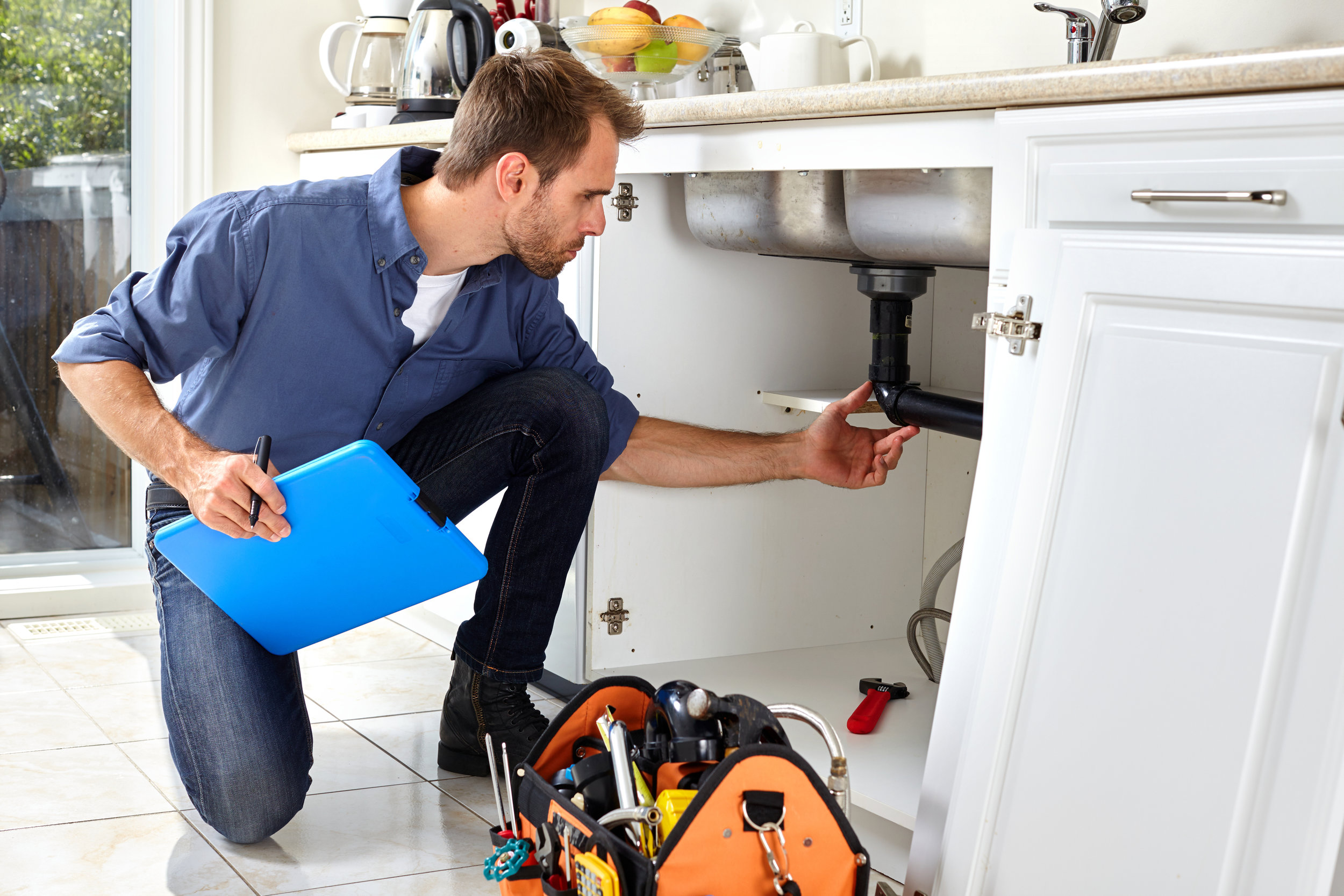Low-Income Help for Repairs
Low-Income Help for Repairs for many Binghamton residents, owning a home is part of the American dream. But when that dream is threatened by leaky roofs, broken heaters, or outdated plumbing, it can quickly become a financial nightmare—especially for families living paycheck to paycheck. Fortunately, there are programs and community efforts offering a much-needed safety net for those who qualify for low income home repair Binghamton.

Why Repair Help Matters
Home repairs aren’t just about aesthetics—they’re essential for safety, energy efficiency, and long-term property value. Without timely fixes, minor issues can snowball into costly disasters. Yet, for low-income households, allocating funds for major repairs is often impossible. That’s where targeted support programs step in, serving as a buffer against both physical and financial breakdowns. These programs are crucial for maintaining housing stability and neighborhood integrity in low income home repair Binghamton.
Government Programs Stepping In
Several federal and state programs exist to support homeowners with limited means. One key initiative is the U.S. Department of Agriculture’s (USDA) Rural Development Housing Repair Loans and Grants program. It offers loans to very-low-income homeowners for repairs, and grants to seniors to remove health and safety hazards. This initiative is a critical part of the resources available for low income home repair Binghamton.
Another significant contributor is the Weatherization Assistance Program (WAP), which helps households reduce energy costs by improving home energy efficiency. While not strictly for repairs, WAP often involves essential upgrades like insulation, windows, and HVAC systems—all of which align with broader repair needs under low income home repair Binghamton.
Local Programs Making a Difference
The City of Binghamton offers its own assistance through the First Ward Action Council and the Broome County Housing Council. These organizations administer grants and low-interest loans aimed at fixing code violations, improving safety, and restoring functionality in aging homes. By collaborating with city departments and community stakeholders, they provide tangible results for low income home repair Binghamton.
Additionally, Rebuilding Together of Broome County mobilizes volunteers to assist with labor and coordination of repairs. Their work often includes fixing porches, railings, and steps, and updating plumbing and electrical systems—especially for elderly and disabled residents who struggle to maintain their homes. These efforts strengthen the ecosystem for low income home repair Binghamton.
Nonprofits and Church Initiatives
Faith-based groups and nonprofits often serve as the first responders for families in crisis. Organizations like Catholic Charities of Broome County and Habitat for Humanity provide limited repair assistance, particularly during winter months or emergency situations. They frequently fill the gap when government programs run out of funds or face bureaucratic delays, ensuring continuous support for low income home repair Binghamton.
Who Qualifies?
Eligibility for these programs typically depends on income thresholds, household size, and the nature of the repair. For instance, a family of four earning less than $35,000 annually might qualify for multiple forms of assistance. Priority is often given to seniors, individuals with disabilities, and households with children, ensuring that the most vulnerable populations are protected through low income home repair Binghamton.
Homeowners usually need to provide documentation, including proof of income, ownership, insurance, and estimates for the needed repairs. While the application process can be time-consuming, the end result—safe and livable housing—is worth the effort for those seeking low income home repair Binghamton.
Common Repairs Covered
The types of repairs covered by aid programs vary, but most include:
- Roof repair or replacement
- Heating and cooling system fixes
- Plumbing and electrical updates
- Accessibility modifications (e.g., ramps, grab bars)
- Structural issues like foundation cracks
Each of these projects directly contributes to safety, energy efficiency, and overall habitability under low income home repair Binghamton.
How to Apply
Navigating the application process can be intimidating, especially for first-time applicants. Here’s a simplified guide:
- Determine Eligibility: Check income guidelines and property requirements for each program.
- Gather Documentation: Have your tax returns, ID, proof of homeownership, and contractor estimates ready.
- Contact Local Offices: Reach out to the First Ward Action Council, Broome County Planning Department, or a local nonprofit.
- Submit Applications: Many programs have online portals, while others may require physical forms.
- Schedule an Inspection: Some programs require a home visit to assess needs and verify the scope of work.
This roadmap empowers homeowners to confidently seek low income home repair Binghamton.
Success Stories
Meet Barbara, a 72-year-old widow living in the East Side of Binghamton. Her furnace broke down during one of the coldest winters on record. With help from the Weatherization Assistance Program and Rebuilding Together, she received a new energy-efficient furnace within weeks—at no cost. Now she’s warm, safe, and can stretch her fixed income further thanks to low income home repair Binghamton.
Or consider the Lopez family, who discovered black mold growing behind their kitchen cabinets. Unable to afford remediation, they turned to the Broome County Housing Council. A grant helped them replace cabinets, repair water damage, and prevent further health hazards—all because of low income home repair Binghamton.
Economic Ripple Effects
These programs aren’t just beneficial for individual families—they create positive ripple effects throughout the community. Contractors are hired locally. Home values are preserved. Neighborhoods become safer and more appealing. Even emergency services benefit when homes are less likely to experience crises like fires or collapses due to neglect. In this way, low income home repair Binghamton becomes a public investment.
Moreover, federal and state repair assistance often comes with matching requirements, encouraging local governments to allocate their own resources. This fosters a culture of shared responsibility and community resilience centered around low income home repair Binghamton.
Final Thoughts
For low-income families, the smallest crack in the foundation can be the first sign of financial unraveling. But with the right support, these cracks can be sealed, roofs can be patched, and lives can be rebuilt—one repair at a time. Programs in Binghamton serve as shining examples of what’s possible when communities rally together. They’re not just fixing homes; they’re restoring hope through low income home repair Binghamton.






